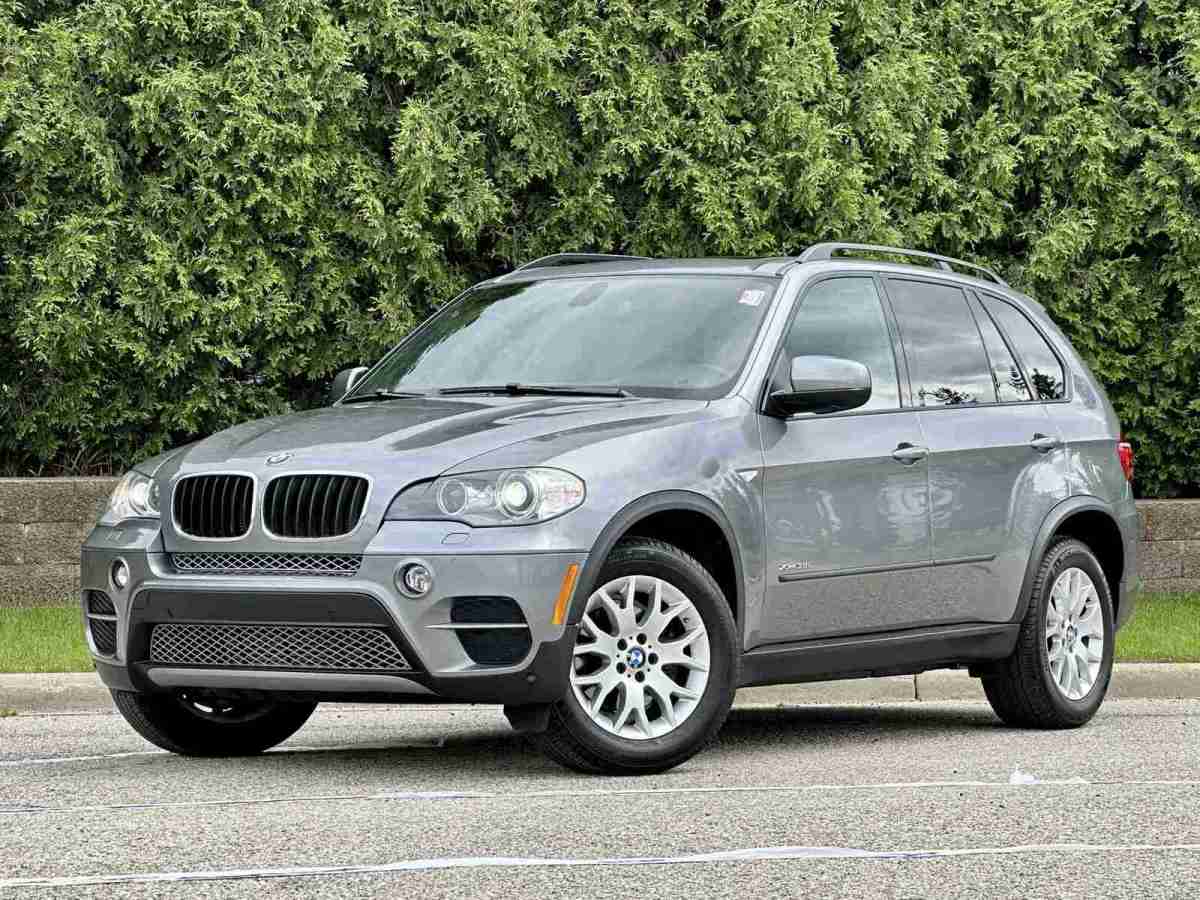
The BMW X5 made its debut in the U.S. in 1999, introducing automaker’s first luxury SUV. Marketed as a “Sports Activity Vehicle” (SAV), the X5 blended the brand’s sporty driving dynamics with the practicality of an SUV. This mid-size luxury SUV quickly became a favorite among drivers who wanted performance without sacrificing utility. Over the years, the X5 evolved through multiple generations, adding more advanced features, refined styling, and cutting-edge technologies. However, not all X5 model years have been a success. Here’s a breakdown of five problematic BMW X5 years to avoid, blending both older models and more recent years.
Drivers love the X5 for its high-performance engines, luxurious interiors, and versatile all-wheel drive system. Still, some suffered from reliability issues, costly repairs, and lower-than-average owner satisfaction. Whether you’re shopping for a used luxury SUV or just curious, knowing which BMW X5 years to avoid can save you significant time and money.
2008 BMW X5
The 2008 BMW X5, part of the first-generation E70 lineup, gained attention for its luxurious ride quality and impressive handling. However, it also became notorious for a series of frustrating mechanical and electronic issues.
Notable Problems:
Water Leaks into Cabin: Owners often complained about water pooling in the cabin, typically caused by clogged sunroof drains or faulty door seals. This issue could damage electrical systems under the carpets.
Coolant Pump Failures: A common problem that led to engine overheating. Ignoring this issue could result in significant engine damage, requiring thousands of dollars in repairs.
Electrical Problems: Issues with the iDrive system, dashboard lights, and sensors were frequently reported. These malfunctions frustrated drivers and were expensive to resolve.
Despite its driving performance, the 2008 X5’s maintenance costs and reliability concerns have deterred many potential buyers.
2012 BMW X5
The 2012 BMW X5, part of the second-generation E70 lineup, offered more modern features and advanced technology. However, it also carried forward many of the reliability concerns seen in earlier models.
Notable Problems:
Oil and Coolant Leaks: Chronic oil leaks from the engine’s valve cover gasket and coolant leaks from the expansion tank were widespread complaints. These issues could lead to engine overheating and costly repairs if not addressed promptly.
Water Pump Failures: Even in this newer generation, water pump failures persisted, adding to the maintenance burden.
Suspension Wear: The air suspension system in the 2012 X5 was prone to premature wear, causing uneven handling and requiring expensive replacements.
While the 2012 X5 is a step up in terms of features and refinement, its reliability issues make it a questionable choice for long-term ownership.
2014 BMW X5
The 2014 BMW X5 (F15 generation) ushered in a new design and improved technology, but it still had its share of problems that could leave owners frustrated.
Notable Problems:
Drivetrain Malfunctions: Drivers frequently reported drivetrain error messages, often caused by issues with the transmission or transfer case. These problems could lead to “limp mode,” reducing the vehicle’s performance drastically.
Airbag Recalls: Some 2014 models were included in widespread airbag-related recalls, requiring replacement to ensure occupant safety.
Glitchy Electronics: Problems with the navigation system, parking sensors, and other driver-assist features were common, resulting in costly dealership visits.
Although the 2014 introduced many modern updates, its reliability concerns have made it a risky investment for buyers seeking a trouble-free luxury SUV. As such, it’s on our list of BMW X5 years to avoid.
2020 BMW X5
Even more recent BMW X5 models have not been immune to criticism. The 2020 BMW X5 (G05 generation) is an excellent example of a vehicle with cutting-edge features but notable reliability concerns.
Notable Problems:
Engine Stalling: Some owners reported the engine suddenly stalling while driving, a dangerous issue that often required immediate intervention.
Electrical Failures: Malfunctions in the infotainment system and digital dashboard were recurring complaints. Problems with the iDrive system led to frustrations with navigation, audio, and climate controls.
Transmission Problems: Rough shifting and delayed gear engagement were reported, particularly in vehicles with higher mileage.
The 2020 X5 offers a luxurious driving experience but is marred by reliability issues that can make ownership challenging.
2021 BMW X5
The 2021 BMW X5 is a more recent addition to the lineup, showcasing modern features like advanced driver assistance systems, hybrid powertrains, and a spacious, tech-filled interior. However, reliability issues continue to plague some units of this model year.
Notable Problems:
Brake System Recall: In 2024, BMW issued a recall affecting millions of vehicles, including the 2021 X5. A defect in the integrated braking system could cause a loss of power braking assistance, increasing the risk of accidents.
Software Glitches: Persistent issues with the vehicle’s software, including bugs in the infotainment system and driver-assist features, frustrated many owners.
Build Quality Concerns: Some drivers noted minor rattles and squeaks in the cabin, an unexpected flaw in a luxury SUV at this price point.
Although the 2021 X5 remains an advanced and desirable luxury vehicle, these issues may give potential buyers pause.
Tips for buying a used BMW X5
If you’re considering a used BMW X5, here are some tips to minimize your risks:
Research Recalls: Check the National Highway Traffic Safety Administration (NHTSA) database for recalls on the specific model year you’re considering.
Pre-Purchase Inspection: Have a trusted mechanic inspect the vehicle before purchase to identify any existing or potential problems.
Verify Service History: A well-maintained X5 with regular service records is less likely to have major issues.
Consider a Certified Pre-Owned (CPO) Model: A CPO X5 comes with extended warranties and thorough inspections, offering greater peace of mind.
Budget for Maintenance: Luxury SUVs like the X5 can be expensive to maintain, so plan for higher-than-average repair costs.
The BMW X5 earned its reputation as a luxurious and sporty SUV, but not every model year lives up to the hype. Older models like the 2008 and 2012 X5 are plagued by engine, coolant, and electronic issues, while newer models like the 2020 and 2021 X5 face challenges with software glitches and recalls.
Before purchasing a used BMW X5, make sure to research its reliability, service history, and recall status. By avoiding these problematic years and taking steps to ensure the vehicle is in good condition, you’ll be better equipped to enjoy the performance, luxury, and prestige that the BMW X5 is known for.

















































